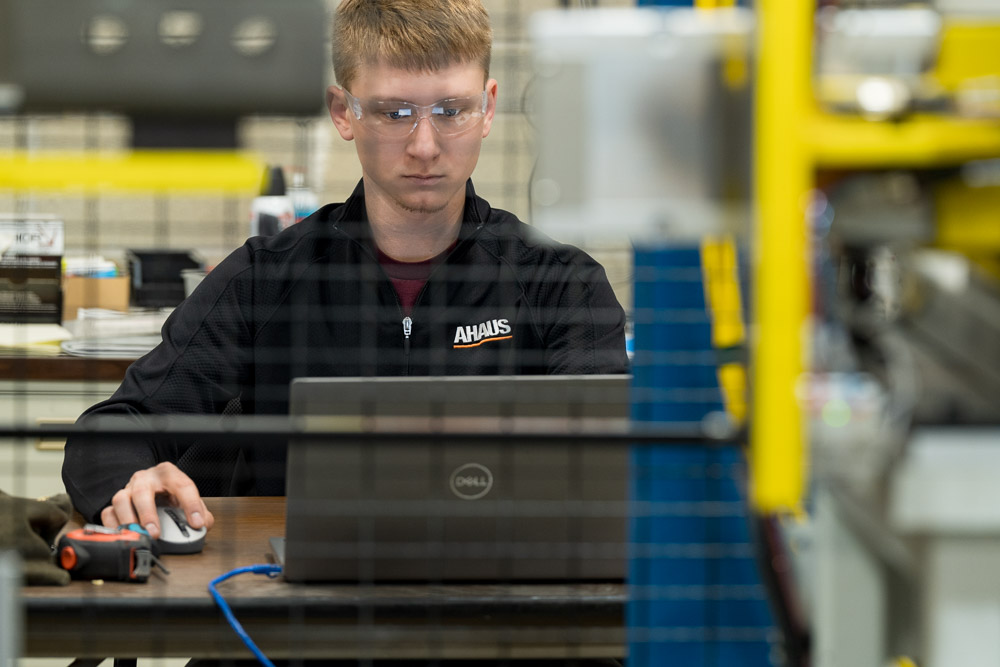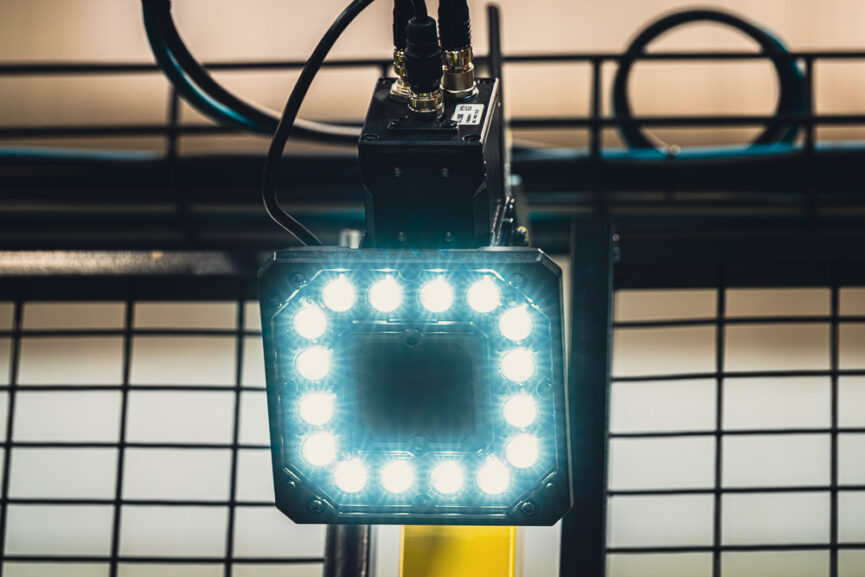Machine vision once had a bit of a one-trick reputation. Think barcode scanning, part alignment, and maybe some basic inspection – helpful, sure, but hardly headline material. Fast forward to 2025, and machine vision has evolved from a sharp-eyed assistant to a full-fledged cognitive partner in manufacturing. It doesn’t just see – it thinks, analyzes, and makes decisions in real time, feeding the data-hungry beast that is Industry 4.0.
As manufacturers face increasing pressure to deliver higher quality, traceability, and throughput – often with fewer skilled laborers – machine vision has emerged as a strategic solution. It’s not just a peripheral component; it’s integral to intelligent automation systems that are driving the industry forward.
What Is Machine Vision (Today)?
At its core, machine vision uses cameras, sensors, and advanced software to detect, interpret, and act upon visual input. But the technology has matured into something far more sophisticated.
It now includes:
- AI-driven image processing that adapts in real-time.
- Edge computing for split-second decision-making right on the production line.
- Deep learning to recognize complex patterns, defects, and anomalies invisible to the human eye.
- 3D vision systems for depth detection, orientation, and robotic guidance.
Modern machine vision doesn’t just support quality control, it’s enabling predictive maintenance, autonomous handling, and closed-loop feedback systems that are essential components of smart manufacturing strategies.
The Ahaus Approach
At Ahaus, we don’t just bolt a camera onto a machine and call it a day. We build machine vision directly into the DNA of our automation systems. Why? Because today’s parts aren’t just  complicated, they’re critical. Especially in sectors like OTR trucking, aerospace, and precision medical, where the margin for error is thinner than a micrometer.
complicated, they’re critical. Especially in sectors like OTR trucking, aerospace, and precision medical, where the margin for error is thinner than a micrometer.
Our systems are designed to not only inspect but respond dynamically – think real-time part rejection, auto-calibration, and even guiding robotic arms to make micro-adjustments during assembly. And because we handle the custom workholding too, our vision systems get a stable, consistent point of reference every single time. (Precision gets you nowhere without consistency.)
Why Machine Vision Matters More Than Ever
Manufacturers today are up against a triple threat of labor shortages in skilled positions, pressure for traceability and quality assurance, and demand for high-mix, low-volume flexibility.
Machine vision addresses each of these areas. It offers automated inspection that scales, adapts to variable parts, and captures high-resolution data that can be used for process optimization, traceability, or predictive
maintenance. And when integrated with robotics and automated workholding, it becomes a powerful enabler of lean manufacturing.
Return on Investment and Operational Value
The performance impact of well-executed machine vision is significant:
- Defect rates drop dramatically, sometimes by 70-80%.
- Manual inspection demands are reduced, increasing available labor capacity.
- Systems often reach ROI in 12-18 months, especially when paired with broader automation.
This isn’t speculative. It’s been proven in the field across industries from transportation to medical devices, where performance and precision are non-negotiable.
Looking Ahead: Vision Gets Smarter
Machine vision continues to evolve. Emerging use cases include:
- Integration with digital twins to simulate and optimize production in real time.
- Remote diagnostics and AR overlays for maintenance support.
- Closed-loop feedback systems that enable machines to learn and improve without manual input.
These technologies aren’t years away—they’re already shaping our design and integration strategy at Ahaus. We’re building systems that not only see what’s happening but understand how to improve it.
Ready to See the Future?
Machine vision is no longer just about detection, it’s about direction. It’s the cornerstone of smarter automation, and it’s changing the way factories think, act, and scale.
To speak with someone about Ahaus’s automation capabilities, contact our team directly. See our video below to hear more about working with Ahaus on your next automation project.


